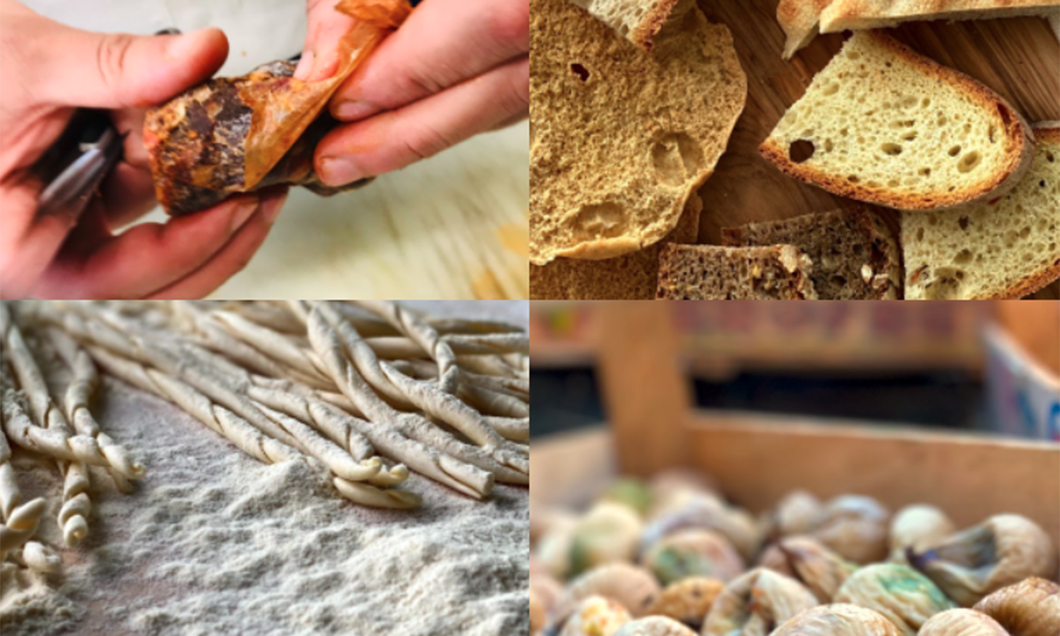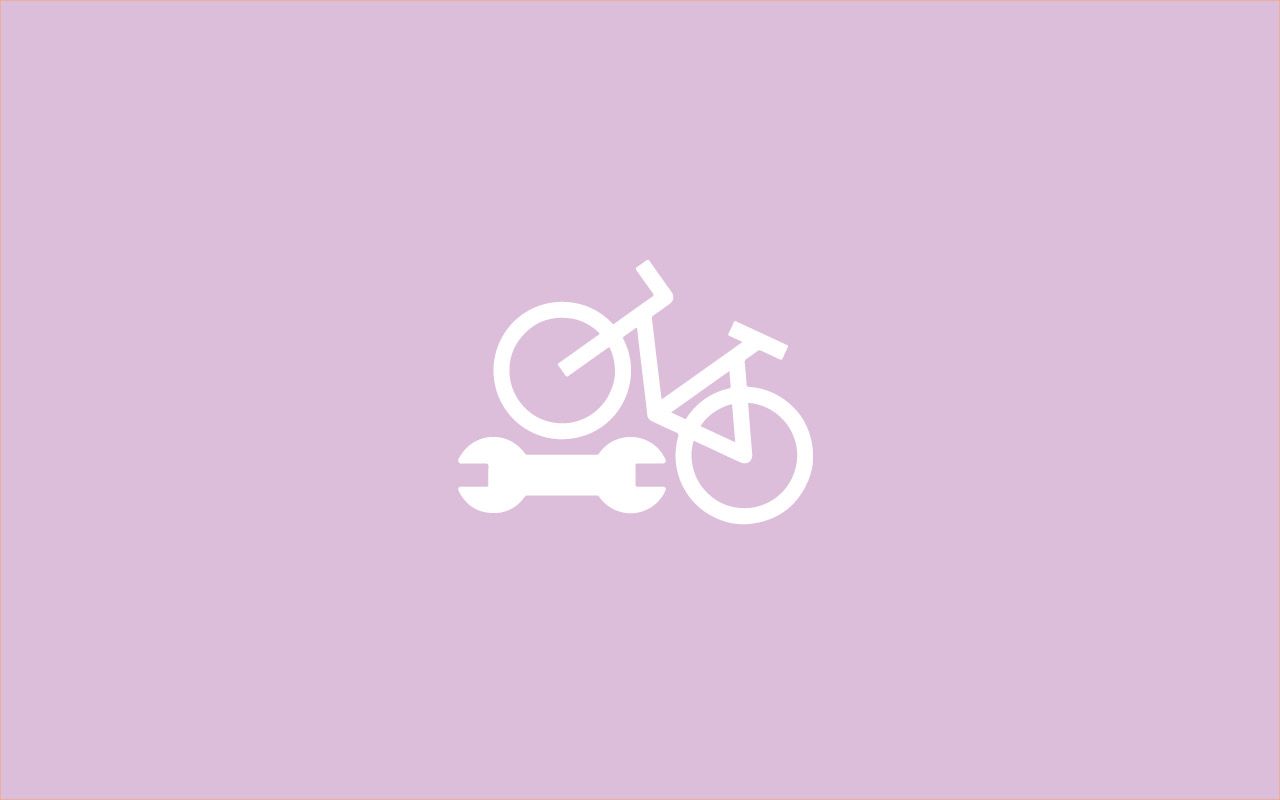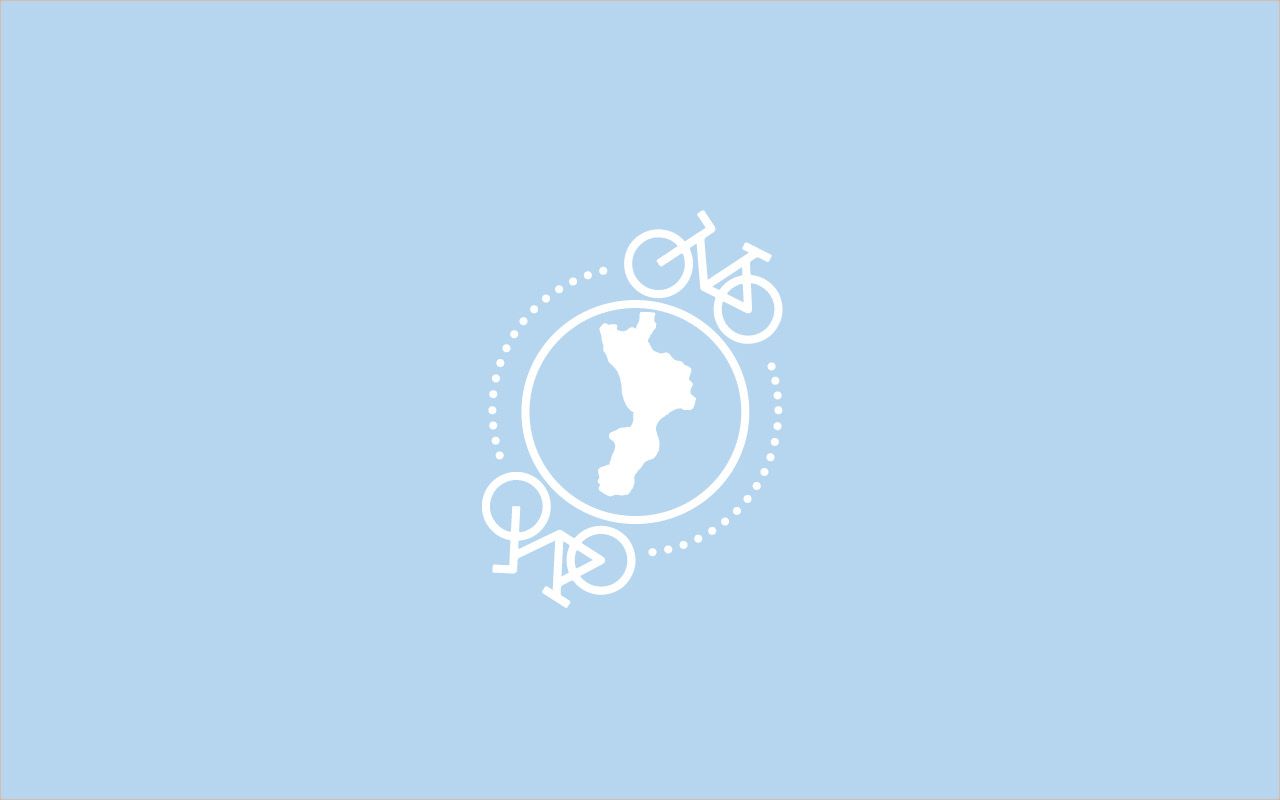
Laino Borgo - Morano Calabro
A fascinating route that starts from Laino Borgo (280 m), the village in the large rocky gorge of Viadotto Italia dominated by the ruins of the ancient Longobard fortress of Laino Castello vecchio. It starts from the rest area on Corso Umberto I and, after crossing the bridge over the Lao river, reaches the new town of Laino Castello. From here, at 7.7 km, we cross the junction leading to the Grotta del Romito di Papasidero, a site dating back to the Palaeolithic era that is really not to be missed, although it is off the track; after 14.5 km the cycle route arrives at Mormanno (830 m), the town known for its delicious stuffed cakes, known as "bocconotti", and for the monumental votive lighthouse erected in honour of the Fallen of the Great War, on the border between Calabria and Basilicata. Reaching the Campotenese Plain that stretches between Pollino and Orsomarso, where it meets the pleasant cycle track that retraces the route of the former Ferrovia Calabro-Lucana (Calabro-Lucana Railway), the cycle route touches an altitude of 1050 m and then begins its descent towards Morano Calabro (680 m), the evocative medieval semi-circular village admirably portrayed by Maurits Cornelis Escher, which is among the most beautiful villages in Italy.
ITINERARY AND DESTINATIONS
download GPX
Places you must visit

LAINO castle
The ‘Laino Castello Vecchio’ is what we call today’s remains of the ancient settlement on the hill where, centuries earlier, the Lombards founded their impenetrable fortress, of which very little still stands today. The village still has some remains, including gates, towers and fortifications that were typical of the medieval structure.

MORMANNO: BOCCONOTTO
Whether oval (the most common) or round or shaped like a canestrello (basket), the Bocconotto di Mormanno is a true pleasure for the palate, with tasty shortbread melting in your mouth and leaving room for the excellent filling that will vary according to the creativity of pastry chefs and consumer preferences.

Morano Calabro: Sweet pastures AND dairy products
The Felciata (or “ ‘a filicèta” in Moranese dialect) gets its name from the felci (ferns) that give this cheese its extraordinary aroma. It is eaten when it is still warm. The felciata is produced with goat’s milk in the summer, when the pastures are able to give the milk its wonderful aromas, scents and flavours. It is so delicious that the locals call it Pane degli Angeli (the Bread of Angels).
KEY FACTS
Climate
A stage for all seasons, although in winter the climate between Mormanno and Morano can be quite harsh and snowfall cannot be excluded. In summer, it is preferable to avoid travelling it during the hottest hours of the day, especially in the initial stretch from Laino Borgo up to Mormanno.
Food, drink and accommodation
In the many villages along this stage, where it is possible to fill up with water at public fountains, there is no shortage of restaurants and trattorias offering local products and typical cuisine.
Clothing
-
It is recommended to use a bike suitable for long distances, a gravel or mountain bike, also with pedal assistance. It may be appropriate to fit off-road (or mixed) tyres in the case of gravel. Although the route is on asphalt, it is a good idea to provide a set-up that allows you to safely tackle sections in the woods that may have mud and gravel in bad weather.
-
If you want to travel with a tent, you can stay in tent camping sites or campsites, agritourism and bivouac areas. To learn more please visit the Parks’ websites.
Accommodations facilities
-

B&B Il Posto dei Sogni
Mormanno -

B&B Casale Trifoglio
Morano Calabro -

Rifugio La Principessa
Morano Calabro -

B&B Sant'Andrea
Morano Calabro -

Agriturismo La Locanda del Parco
Morano Calabro -

B&B Il Ghiro
Mormanno
Restaurants
-

CATASTA POLLINO
Morano Calabro -

Rifugio La Principessa
Morano Calabro -

Agriturismo La Locanda del Parco
Morano Calabro
Camping/parking areas
-

Agriturismo La Locanda del Parco
Morano Calabro
Bike Service
-

CATASTA POLLINO
Morano Calabro -

CICLO PARK MORANO
Morano Calabro -

Green Travel
Cerchiara di Calabria
Bike Tour operator
-

I VIAGGI DELL'ARCA
Scalea






